I built a very simple circuit with an NPN (2N3904) transistor. Then, I swept Vce from 0 to 5V and plotted a Vce vs Ic graph (as shown in the picture). I heard Ic = Is*e^(Vbe/VT), where VT=0.025V, and Is and Vbe are given in the picture (I also attached other parameters for the transistor as well just in case).
I keep getting Ic=107.4mA using the equation above, but the circuit simulator tells me that Ic has to be around 43mA.
I made sure that Ic/Ib = 100 throughout the whole DC sweep which makes me believe that the transistor is in the active mode.
Do any of you know how to calculate Ic in this case?

